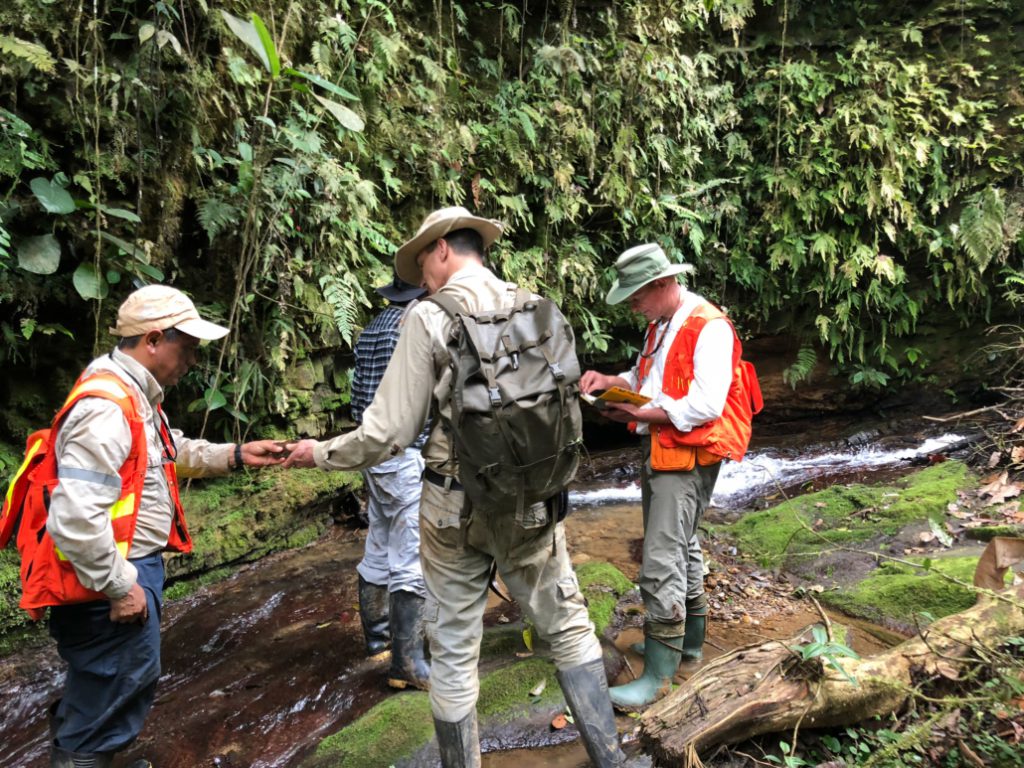Aurania Resources targets copper-silver zone in Ecuador

Aurania Resources Ltd. [ARU-TSXV; AUIAF-OTCQB; 20Q-FSE] on Friday February 12 said scout drilling has commenced at the Tsenken N1 target at the company’s Lost Cities – Cutucu Project in southeastern Ecuador.
The target is a copper-silver-mineralized zone exposed at surface, and an underlying area of interest has been identified in MobileMT data. The mineralized zone is expected to be intersected at 75 metres to 100 metres below surface. The MobileMT target is approximately 700 metres below surface. Previous surface sampling has yielded results of up to 7.1% copper and 55-grams per tonne silver.
Aurania advanced on the news, rising 0.943% or $0.03 to $3.21. The shares are currently trading in a 52-week range of $5.75 and $1.51, leaving the company with a market cap of $138 million based on about 41 million shares outstanding.
Aurania is a mineral exploration company with a focus on precious metals and copper in South America. It’s flagship asset, The Lost Cities – Cutucu Project, is located in the Jurassic Metallogenic Belt in the eastern foothills of the Andes mountain range in southeastern Ecuador.
The company’s CEO Keith Barron privately co-founded Ecuador gold explorer Aurelian Resources Inc., which made the colossal Fruta del Norte gold discovery in 2006. He received the Thayer Lindsley International Discovery Award for his role in the discovery of the Fruta del Norte gold deposit at the Prospectors and Developers Association of Canada convention in March 2008. He is also the Chairman and director of Firestone Ventures [FV-TSXV].
“Tsenken N1 is an area where there are a number of small, mineralized breccia bodies with limited exposure on surface in some stream beds,” Barron said. “Most of the area in between the breccias is covered by thick foliage and not outcropping. Breccias which essentially are bodies of broken and cemented rock, in this case with copper mineralization between the fragments, can be formed geologically in many ways, but here the key to their interpretation is the presence of exotic fragments, which are clearly not from the wall rock.”
Barron said these fragments have been brought to surface, probably from considerable depth, up the breccia conduit, by volcanic eruption. “Breccia conduits or breccia pipes commonly will coalesce at depth into a larger breccia body or into the upper levels of a porphyry,” he said.
